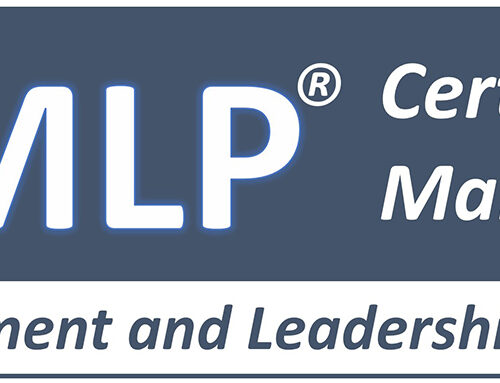This post was first published in my “Driving IT Productivity” column on CIO.com and has been updated from its original form.
A few years ago I had the pleasure of speaking with Joseph Raynus about the difference of being “efficient” and being “effective” and its effect on IT productivity and business value. His thoughts are still very relevant to IT organizations today. He is the founder of ShareDynamics, a speaker, an author and an expert in business process management and strategic program/project planning.
Mr. Raynus said that generally speaking, IT organizations are efficient regarding the ongoing execution of defined production processes and, if solid methodologies are in place, in the definition, approval and follow-through of project related activities. The question is “Are these technical endeavors effective in their ability to maximize the value of IT to the business?”.
He went on the say that IT process drives efficiency, but IT strategy and alignment with corporate goals drives effectiveness. He went on to say that there are four philosophies IT leadership should consider when trying to maximize their organizational effectiveness.
Keep up to date on changing corporate objectives and business conditions:
Given the continually increasing speed of business decision making and industry movement, IT executives and staff must continually ensure that the goals they are reaching for have not changed during the project execution phase. The risk is that an efficiently executed project may not be deemed as effective if it helps attain a goal that is no longer in place.
Timeliness is more important than quickness:
Quickness, is the goal of delivering a product and/or service as soon as possible, even it’s sooner than the client is ready to use it. From a resource perspective, quickness by this definition brings lower cost, the earliest possible delivery, the use of existing tools and the minimum required level of effort. While this helps meet budget goals, shortens time to completion and look great on paper, it may not produce the best possible outcome from a business value perspective.
Timeliness is performing a task or providing the deliverable at the time that it’s needed, with the appropriate level of quality and with the best possible functionality/utility to solve the business issue that spawned its creation. Yes, it has to be done on time and within budget, but this change in mindset from quick to timely causes you to look at projects holistically to assure that the work being performed meets the needs of those who requested it. In effect, quick provides the most efficient result, timely provides the most effective result.
Agile leadership is a combination of effectiveness, efficiency, balance and efficacy:
There are four key aspects which must all be considered when trying to lead a flexible and fast moving IT organization. From a resource management perspective, each of these factors brings a different set of questions and emphasis. Effectiveness is strategic in nature and asks questions such as “What is the business objective?” and “What is the best possible outcome?” Efficiency is operational in nature and asks questions such as “How will it be created?” and “How will it be delivered?” Balance refers to the relationship between cost, risk and benefits and asks questions such as “What are the key metrics and indicators to measure success?” and “What is the acceptable balance between cost, risk, functionally and other similar factors?” Lastly, efficacy refers to proper use of people, money and resources and asks questions such as “How do we track progress against plan?” and “What and who are the best and what are the best tools and resources needed to properly perform the task?”
The rate of change should not exceed the pace of delivery:
As IT organizations work to enhance their processes, move toward new methodologies, hire new key staff and implement new technology based tools, they have to be watchful not to force project deliverables and new services through them too quickly, until they have had a chance to solidify within the organization. Doing so can reduce deliverable quality and even potentially derail the implementation of new process/methodology/technology being employed.
These four philosophies, combined with the overarching delineation of efficiency versus effectiveness can help you be operationally efficient, as well as organizationally effective.
Mr. Raynus and his company Share Dynamics can be found at www.sharedynamics.com.





